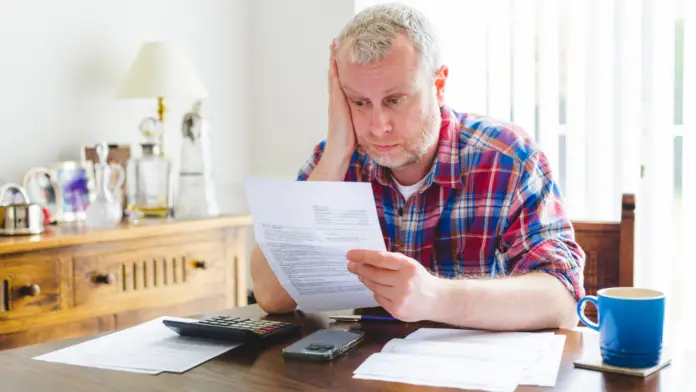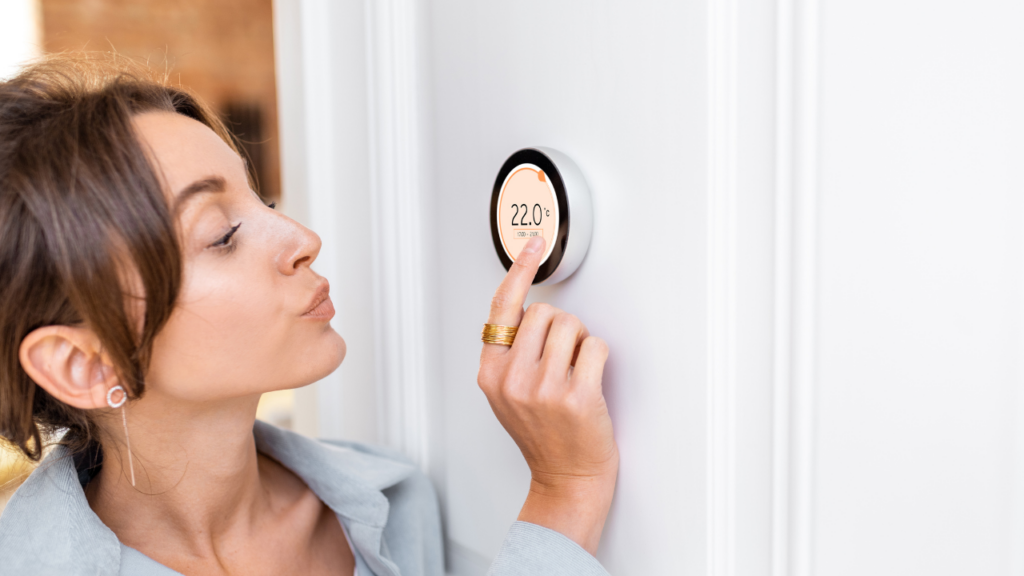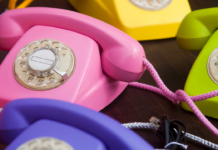
Many household items suck up electricity even when not in use, called “vampire loads.” Unplugging electronics or using smart power strips can help cut back on this energy waste.
Your utility bills can also increase during peak hours when rates are higher per kilowatt-hour. But there are lots of simple, low-cost ways to reduce your electricity costs
Table Of Content
Turn off appliances and devices when not in use
The energy used by appliances and devices plugged in but not used is often called “phantom power” or “silent drain.” It can add up, especially for household electronics with digital displays.
A simple way to save money is to unplug devices when not in use. This can include printers, TVs, computers, chargers, and anything else with a digital display or standby light. It can also have kitchen appliances, such as toasters and coffee makers.
Unplugging devices you aren’t using might seem counterintuitive, but this is one of the most effective ways to reduce your electric bills.
Suppose you want to avoid going through the hassle of unplugging everything. In that case, you can purchase handheld electricity monitors that tell you how many watts different appliances and devices consume. This can help you identify the most costly devices to eliminate.
Adjust your thermostat
Comfort is essential to most families, but it doesn’t have to come at the expense of your energy bills. Almost half of household energy costs are spent on heating and cooling.
Knowing how to manage your thermostat settings effectively is essential to save money on your electricity bill while keeping your family comfortable.

Lowering your home’s temperature by a few degrees during the summer can significantly reduce energy bill while keeping your home comfortable. According to a study, reducing your thermostat by one degree daily can save you up to 10% on your energy bills.
If you don’t already have a programmable thermostat, consider investing in one. By adjusting your thermostat automatically, you can reduce your energy bill by following a pre-set schedule based on your daily routines.
For example, you can set your thermostat to turn down the temperature a few hours before you head to bed and return it to your preferred temperature when you wake up and leave for work or school. This way, your home will lose less treated air when you are away.
Install a programmable thermostat
Heating and cooling account for about half of a home’s energy bills, so anything that helps reduce these costs is worthwhile. Programmable thermostats allow homeowners to schedule their heating and cooling around daily habits, so the HVAC system doesn’t have to run as frequently.
For example, you can set the thermostat to turn down at night while everyone’s sleeping or when you know you won’t be home for a few hours during the day; that’s called a thermostat “setback.”
It can also be programmed to raise the temperature in summer before occupants return from work or school. This prevents the air conditioning from running during the day when electricity demand is highest, reducing the strain on the power grid and your energy bill.
Programmable thermostats come in various makes and models with various functions and features. Options include wireless models in case you don’t want to rewire your home; optional vacation scheduling for when you’ll be away from home; backlit displays; touch pads; voice programming; and even air filter check indicators and malfunction indicators in some premium models.
Adopt simple everyday habits
It’s not a big secret that electricity rates are rising, but making simple changes to your home’s energy use can help reduce these rising bills. From replacing old light bulbs to unplugging electronics that aren’t in use, these small actions can add up to significant savings.
Many utility companies have time-of-use rates, where customers pay more for using energy during peak times (usually first thing in the morning and evening after work). Shifting your routine to avoid peak hours can help cut your bill.
Instead of watching TV in the evenings, try catching up on shows in the morning or afternoon. Or, consider running chores like laundry or the dishwasher later at night to lower your energy use and your utility costs.
These tips are easy to implement and make a big difference in your energy bills. If you want to save even more, talk to an expert about conducting an energy audit of your home. This can help you identify air leaks, inefficient appliances, and other energy drains. Taking care of these issues can help you save up to 30% on your energy bill.
Use energy-efficient light bulbs
By using energy-efficient light bulbs, you can easily lower your electricity bills and reduce your carbon footprint. These bulbs last longer and use less energy than traditional incandescent or halogen bulbs.
Plus, they’re safer for you and the environment since they contain no mercury. Many energy companies provide free home energy audits that show how you can save money with efficient lighting.
Store shelves that used to only stock incandescent and halogen bulbs now contain a variety of LEDs, CFLs, and smart bulbs. While these can be more expensive upfront, they’ll quickly pay for themselves through reduced energy bills and maintenance costs.
On average, lighting contributes to 11% of the total electricity bill for households. If you switch out all of your incandescent and halogen bulbs to LEDs, you’ll cut your electricity bills by about 40kg per year. You’ll also reduce carbon dioxide emissions by the same amount as driving 145 miles.















